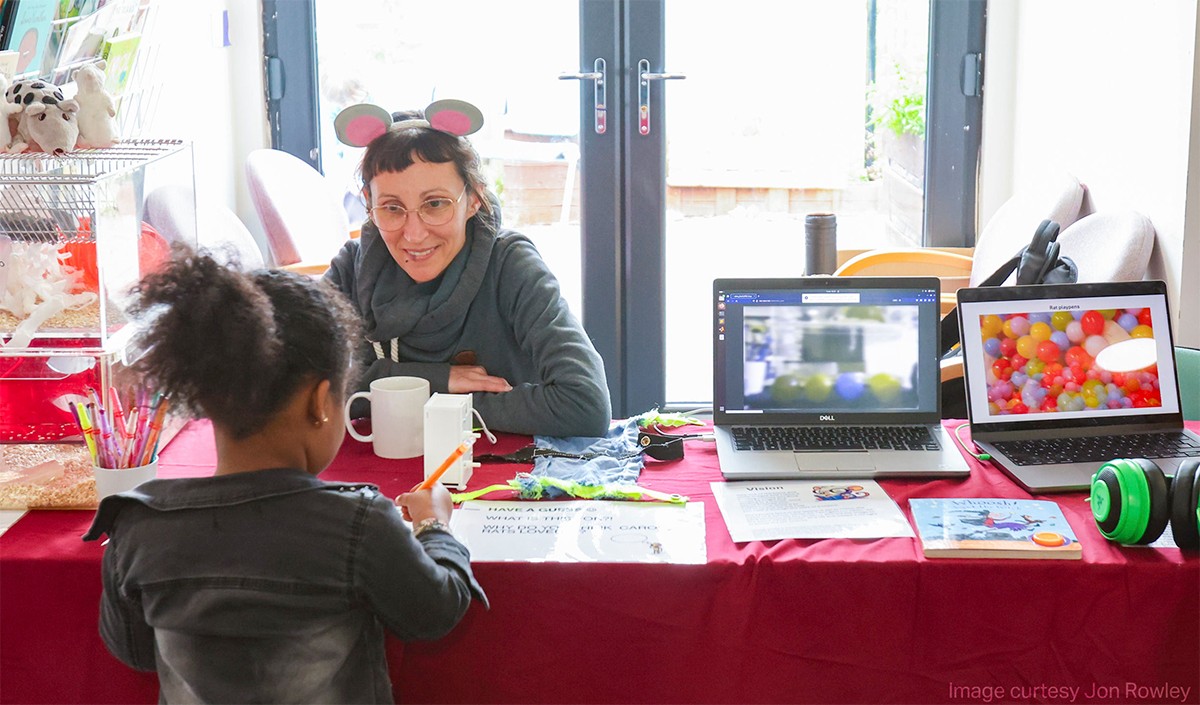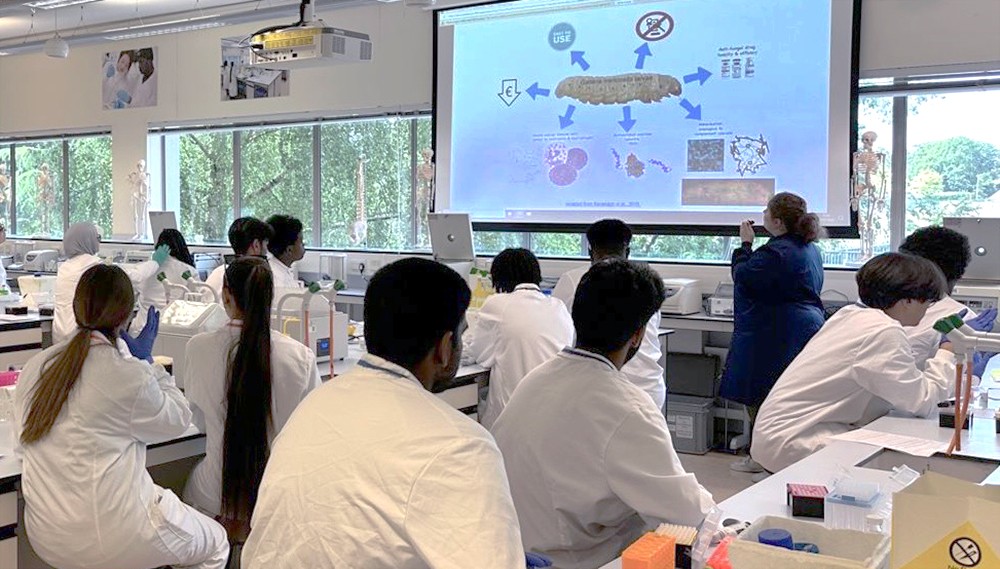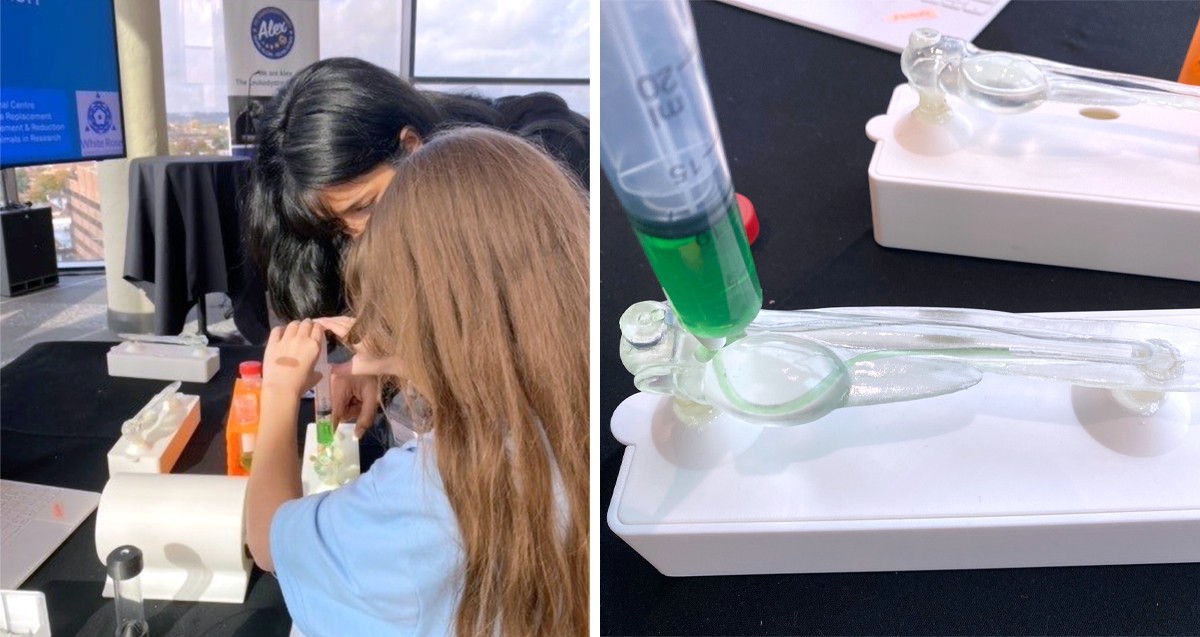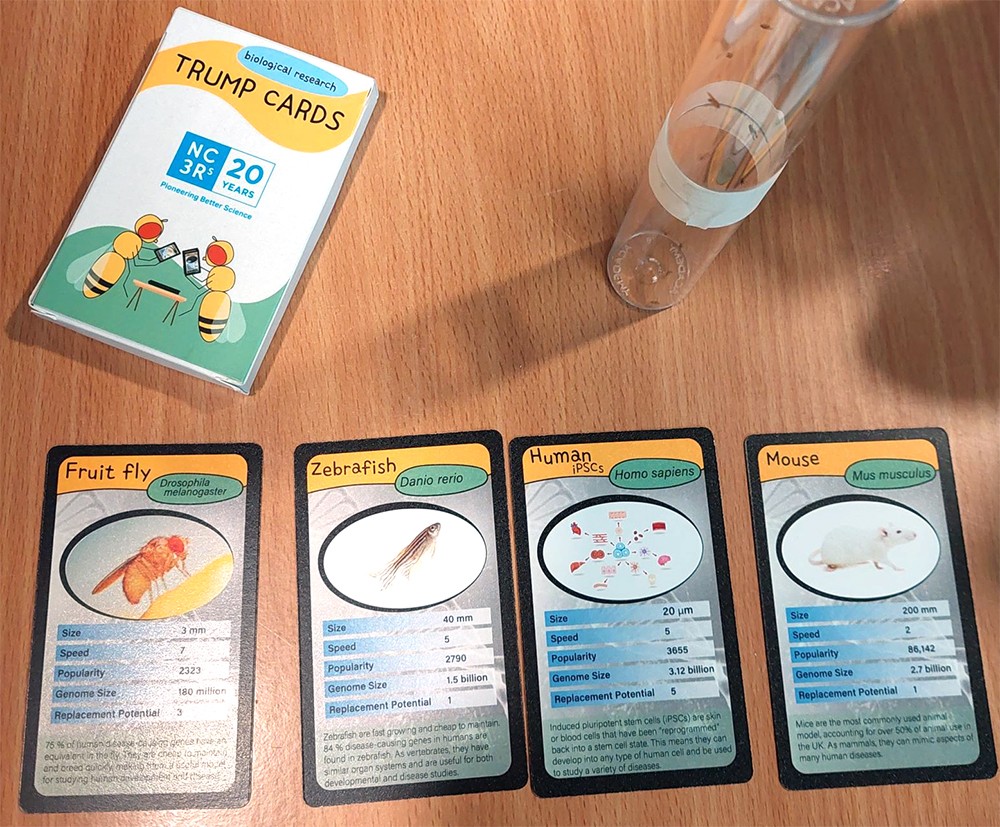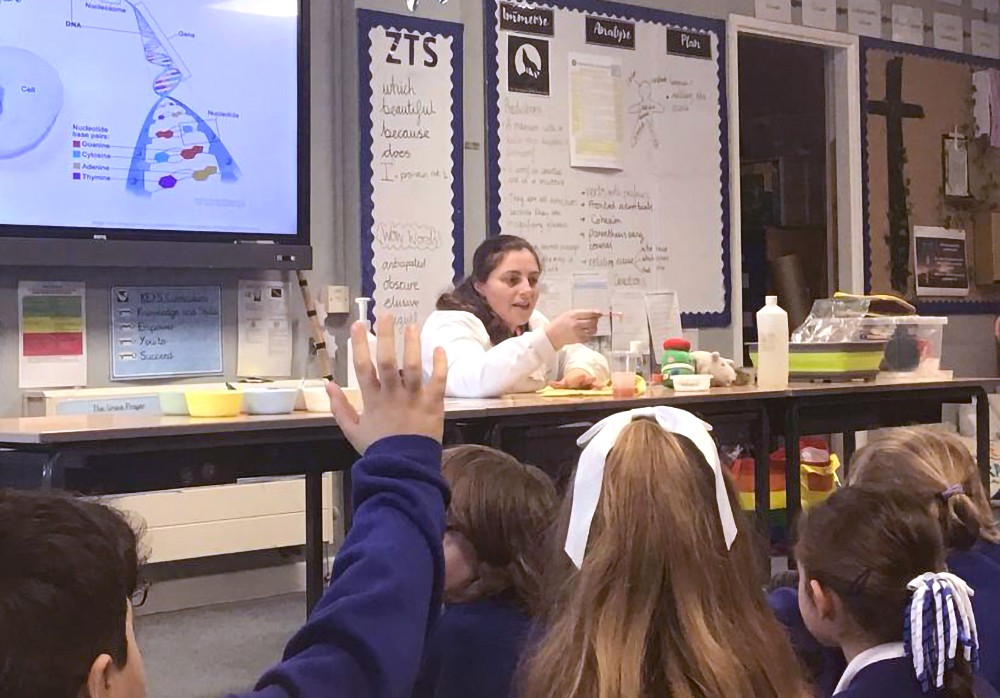Public engagement with the 3Rs

Over 3,000 members of the public took part in NC3Rs events and activities last year to learn about the 3Rs.
The NC3Rs public engagement programme aims to increase awareness and understanding of 3Rs advances and their importance for animal welfare and better science. As the ethical, legal and scientific framework for the use of animals in research and testing, the 3Rs should be central to public conversations about animal use in science. Polls consistently show that public acceptance of animal research relies on implementation of the 3Rs and that the public would like to be better informed about efforts being made to seek alternatives to animals in research, to minimise animal use and improve welfare (Ipsos MORI, 2018; Savanta, 2022).
We have always been transparent about our work and both the use and limitations of animals in research and testing and encourage those we work with and the wider scientific community to do the same. Through our public engagement awards of up to £2k we provide opportunities and build skills across the UK science base to confidently communicate the 3Rs with members of the public. As part of our 20-year anniversary celebrations last year we opened the scheme up to all scientific professionals whose work advances the 3Rs, including researchers and animal facility staff, and awarded almost £21k to 13 projects, reaching over 3,000 people at 17 events all over the UK.
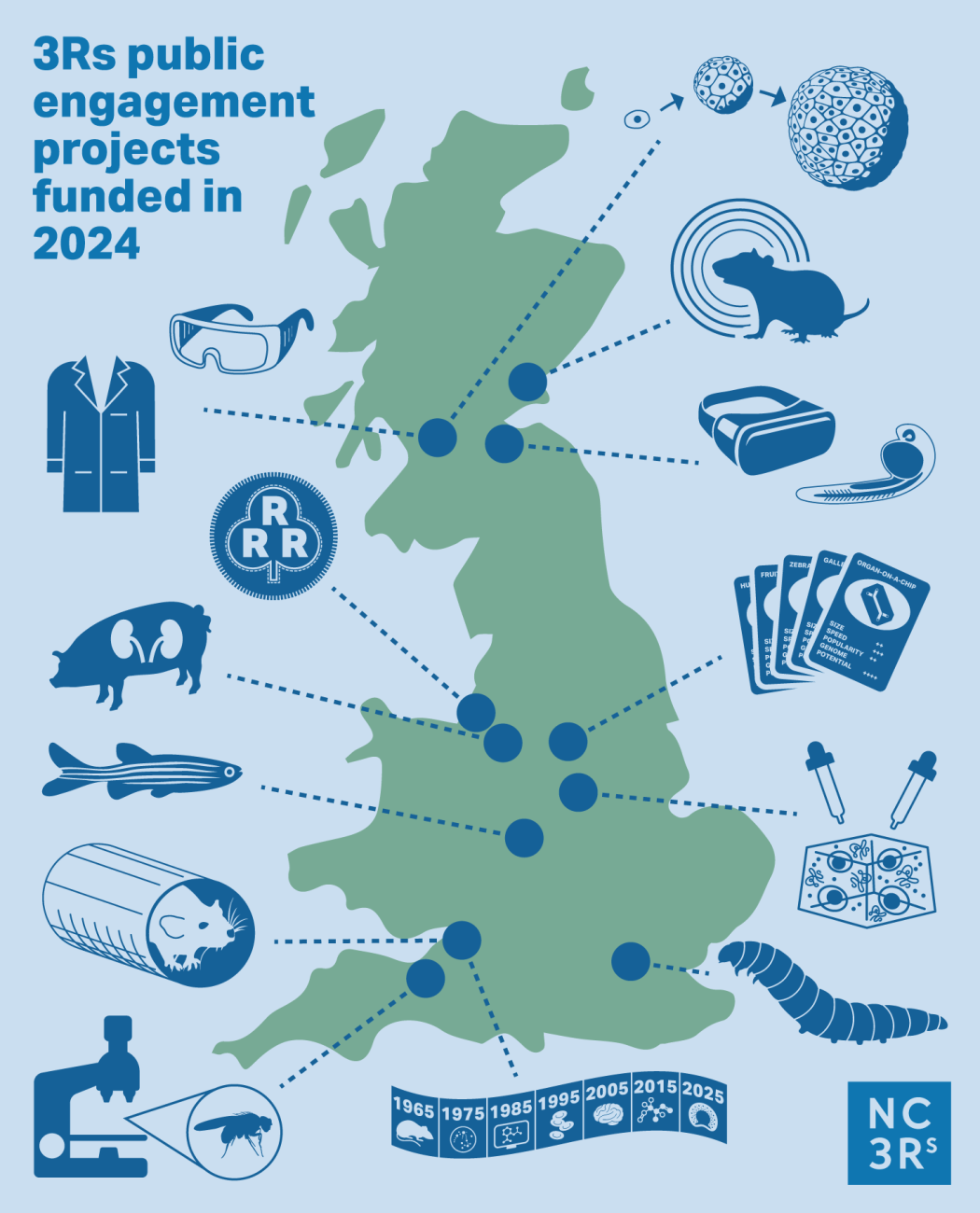
Our public engagement awards fund the development and delivery of activities, events and resources to engage school children, patients, undergraduate students and other public audiences in efforts and opportunities to replace, reduce or refine animal use. Applications are assessed by a Panel of NC3Rs staff, integrating experience in research funding and communication alongside 3Rs technologies and animal welfare. We received 20 applications for our 20-year anniversary awards with a success rate of 65%. We prioritise applications that encourage discussion and two-way dialogue between the public and those driving 3Rs advances in research, as well as those that provide opportunities for early career researchers and animal technicians to develop their science communication skills.
Those involved in caring for animals are considered trusted sources of information on animal research by the public (Ipsos MORI, 2018) but support for public engagement activities, including training and funding, is typically focused on researchers. Almost a third (31%) of our 20-year anniversary public engagement awards involved animal facility staff, including technicians, vets and named persons working under the Animals (Scientific Procedures) Act 1986. We were pleased that in half of these the animal facility staff were named as the lead applicant. The awards also provide an opportunity for early career researchers to secure funding in their own name, gaining experience and confidence in the grant application process. PhD students and postdoctoral researchers received almost a quarter (23%) of our 20-year anniversary awards.
We provide support throughout the process, from advising on ideas to post-award training on communicating the 3Rs and engaging with public audiences. The Panel considers whether projects develop reusable resources or reach larger audiences by linking to events in the wider community, including science festivals, university events or partnerships with community groups. While some awardees met hundreds of members of the public of all ages at large scale events others offered workshops and events tailored to specific groups, including:
- 615 primary school children.
- 260 secondary school and sixth form students.
- 150 undergraduate students.
- 90 members of patient communities.
Dr Genevieve Barr (Science manager – Communications) leads the delivery of our public engagement award scheme and explores some of the projects that we funded in 2024.

